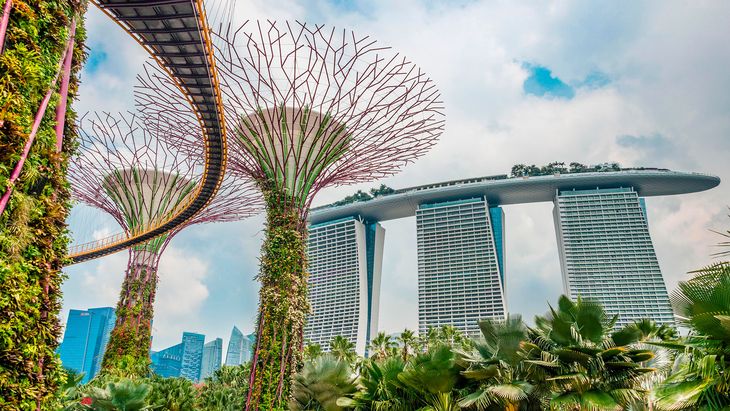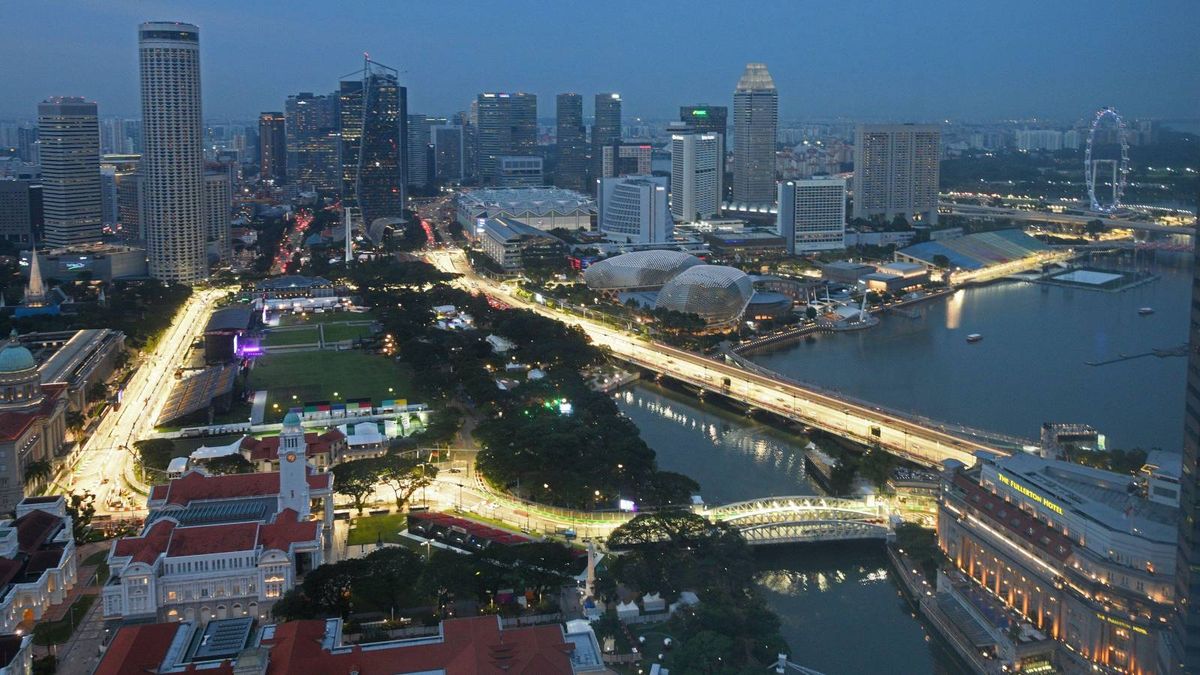Singapore is an example of how a country can take advantage of the growth of its peers to settle as a solid economy.
Known as “La Perla de Asia”, Singapore It is a small island overflowing with luxury brands, Millions of investment dollars and a constantly growth economy. It is currently The richest country in the worldbarely surpassed by Qatar, Luxembourg and Macao, according to the purchasing power of its inhabitants.
The content you want to access is exclusive to subscribers.
However, this was not his situation years ago. Half a century ago it was nothing more than a Very poor territory with few natural resources and without national industry. The real change began when he achieved his independence and resumed the sovereignty over your land.


Singapore, Singapore.jpg

The background
Singapore was a British colony since 1819, when Sir Stamford Raffles established a free port to enhance trade. Although the port flourished as an important shopping center, the city-state lacked natural resources Significant such as oil, minerals or large extensions of land for agriculture. Its economy depended exclusively on trade, and global economic crises, such as Great depression of 1929They hit the country hard.
During World War II, Singapore was occupied by Japan, which left serious economic sequelae. After the war, the economy was stagnant and unemployment was massive. In 1963, he joined Malaysia to try to consolidate his economy, but this union was brief. In 1965, he was expelled from the Federation of Malaysia and became an independent country, which almost or drifting.
How they came out of economic difficulties
After leaving the British domain behind and achieving independence in 1965, Singapore became an autonomous state led by Lee Kuan Yew. The president planned a system with a series of very specific steps to carry out the island:
-
Investment attraction:
Singapore offered a favorable business environment, with low taxes and legal certainty, to attract multinationals. Companies like Hewlett-Packard, General Electric and Shell began to establish themselves in the country.
-
Development of the industrial sector:
Industrialization was promoted, moving from an economy based on port trade to a manufacturing focused, especially electronics and chemicals.
-
Reform of the Educational System:
The government invested in technical and university education to form a highly qualified labor.
-
Urbanization and improvement of infrastructure:
Quality public housing (HDB Flats) were built and transport and communications infrastructure were improved to raise the quality of life.
-
Meritocracy and fight against corruption policy:
Public administration was based on efficiency and transparency, turning Singapore into one of the least corrupt countries in the world.
With a consistency of more than 20 years, this plan paid off, and for the 90s, Singapore was a Emerging economy With a lot of future ahead. In addition, the Innovation in the electronic and technological areacreating technological parks and research centers to attract biotechnology, artificial and robotic intelligence companies.
The news of Singapore
Today, Singapore is one of the richest countries in the world. His GDP per capita It is among the highest on the planet, with an economy based on finance, technology, luxury tourism and high -end services. The unemployment rate is 2.1%, it stands out in exports of machines and equipment, chemicals and oil derivatives.
He still has challenges to face, such as fast aging of labor and lack of national industry that supports the economic model raised, since It depends a lot on foreign investments To stay.
Source: Ambito
I am Pierce Boyd, a driven and ambitious professional working in the news industry. I have been writing for 24 Hours Worlds for over five years, specializing in sports section coverage. During my tenure at the publication, I have built an impressive portfolio of articles that has earned me a reputation as an experienced journalist and content creator.




